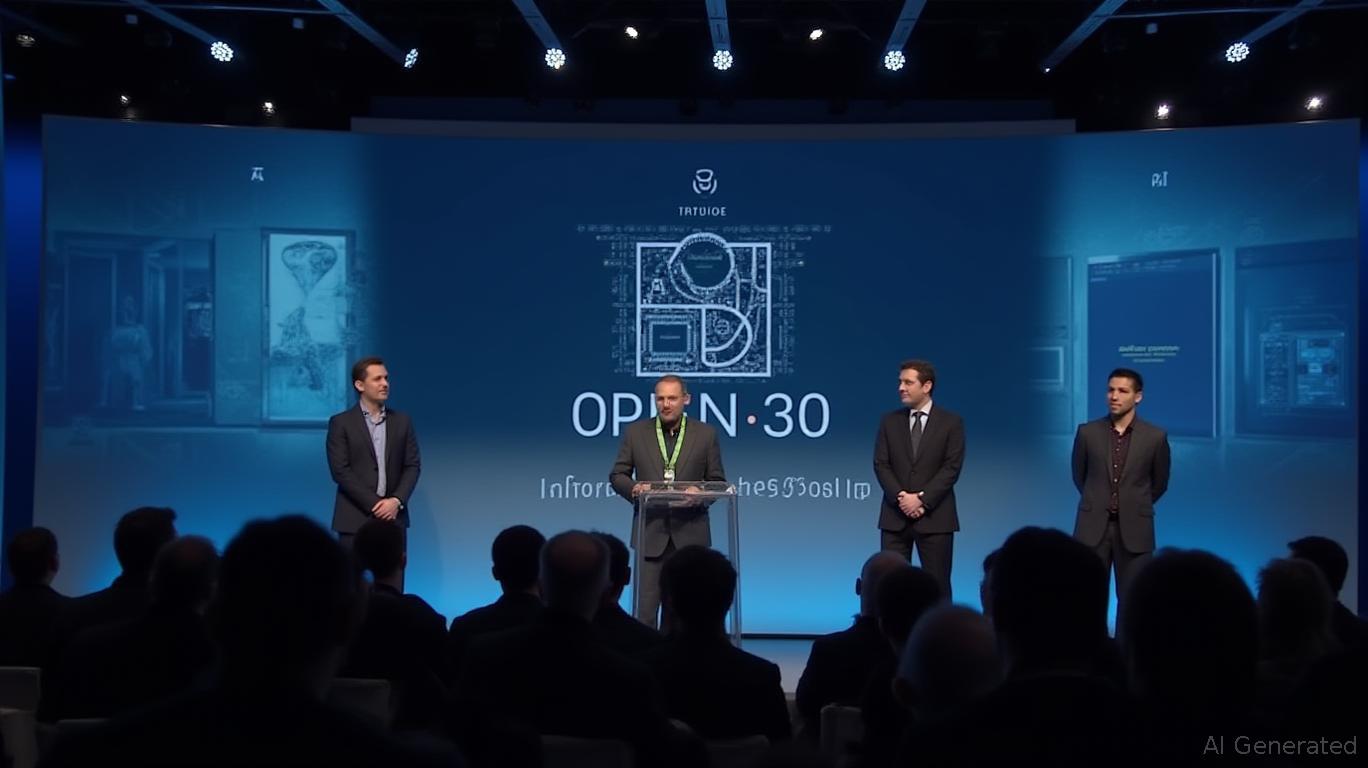OpenAI and io Explore AI Hardware Beyond Screens
OpenAI and design visionary Jony Ive's joint venture, io, has revealed ambitious plans for a mass-market AI device through recent court filings. These documents, stemming from a trademark dispute with
, a Google-backed hardware startup, provide a glimpse into the early stages of their collaborative efforts in the AI hardware space. The legal battle has inadvertently exposed OpenAI's hardware ambitions, showcasing their commitment to bringing AI beyond screens and into the physical world.OpenAI is vigorously defending against allegations of trademark infringement, but the legal proceedings have shed light on the intense research and development taking place. For the past year, OpenAI executives and former
leaders at io have been exploring various hardware concepts, indicating a serious commitment to developing AI-enabled devices. The initial speculation revolved around an in-ear form factor, with both companies purchasing at least 30 headphone sets to analyze existing market offerings and meeting with iyO’s leadership to demo their in-ear technology.However, the narrative took an intriguing turn when Tang Tan, a long-time Apple executive and co-founder of io, declared in court that the prototype OpenAI CEO Sam Altman mentioned in io’s launch video is “not an in-ear device, nor a wearable device.” This statement significantly broadens the scope of what their first product might be. Tan clarified that the design is still unfinalized and the product is at least a year away from public advertisement or sale. Sam Altman has previously hinted at a “family” of AI devices, reportedly telling OpenAI employees that the prototype, once complete, would be able to fit in a pocket or sit on a desk. This “third device” would be fully aware of a user’s surroundings, complementing smartphones and laptops. OpenAI’s lawyers further stated that the company has explored a wide range of devices, including desktop-based and mobile, wireless and wired, wearable and portable.
The core of these revelations lies within the ongoing tech lawsuit. The dispute with iyO, a company focused on custom-molded earpieces, has brought to light specific interactions between the two entities. On May 1, OpenAI’s VP of Product, Peter Welinder, and io’s Tang Tan met with iyO’s CEO, Jason Rugolo, to learn about their in-ear product. This meeting, held at io’s San Francisco office, involved testing iyO’s custom-fit earpiece, which reportedly failed repeatedly during demonstrations. Tang Tan asserts he attended the meeting as a courtesy, taking precautions to avoid learning too much about iyO’s intellectual property. However, internal communications revealed that an io engineer, Marwan Rammah, suggested purchasing a large database of 3D ear scans from an iyO partner, “The Ear Project,” for “ergonomics.” It remains unclear if such a deal ever materialized.
Despite these interactions, attempts by iyO’s CEO to forge a deeper partnership – including pitching iyO’s device as a “developer kit” for OpenAI’s final product, seeking investment, or even offering to sell iyO for $200 million – were declined. Evans Hankey, another io co-founder and chief product officer, has also declared that io is not developing a “custom-molded earpiece product.” This legal back-and-forth highlights the competitive nature of the burgeoning AI hardware market.
The collaboration between OpenAI and Jony Ive represents a significant convergence of leading AI capabilities and iconic design philosophy. While smart glasses are a prominent form factor in the race for broadly adopted AI-enabled devices, with companies actively developing their own, the exploration of AI-enabled headphones by companies indicates a diverse landscape of possibilities. OpenAI and io’s extensive research into in-ear products, even if their first offering isn’t one, shows a thorough approach to understanding user interaction and ergonomics in the context of ambient AI. Their ultimate goal, as stated by Altman, is to create products that move beyond traditional interfaces, offering a more integrated and aware technological experience.
Developing a mass-market AI device is fraught with challenges. Beyond the technical hurdles of integrating advanced AI into compact hardware, there are significant design, user experience, and legal considerations. The iyO lawsuit itself exemplifies the complex IP landscape surrounding new technological frontiers. Ensuring privacy, managing data, and creating intuitive interactions for a device that is “fully aware of a user’s surroundings” will require groundbreaking solutions. The fact that OpenAI’s first hardware device is still over a year away from sale underscores the complexity and the meticulous development process involved. Their exploration of diverse form factors suggests a commitment to finding the most impactful and user-friendly way to introduce this “third device” into daily life, setting a new benchmark for AI innovation.
The revelations from these court filings paint a vivid picture of OpenAI and io’s ambitious journey into hardware. Their meticulous research, diverse exploration of form factors, and strategic approach to a competitive market indicate a serious commitment to shaping the next generation of personal technology. While the exact nature of their first product remains somewhat elusive, it’s clear they are aiming for something transformative – a device designed to integrate seamlessly into our lives, aware of our surroundings, and poised to redefine our interaction with artificial intelligence.


Comments
No comments yet